Artificial sweeteners: friends or enemies of your gut?
Author:
Julio Valero
Published on:
3/12/2025

Sucralose consumption for ten weeks induces intestinal dysbiosis and altered glucose and insulin levels in healthy young adults.
The controversy surrounding artificial sweeteners and their impact on the microbiome persists. Human studies, far from clarifying the situation, have generated even more uncertainty among specialists.
Overview
A study investigated how sucralose intake for 10 weeks affected gut bacteria composition, post-meal glucose levels, and the body's ability to respond to insulin in a group of people.
Sucralose consumption for 10 weeks led to an increase in Blautia coccoides bacteria in the gut microbiota, but did not affect blood glucose levels.
Current evidence suggests that the benefits of artificial sweeteners outweigh the potential negative effects on the gut microbiome, which require further human research.
What's the problem?
Artificial sweeteners are a topic of constant debate. While widely used to manage calorie intake and weight, recent studies have raised concerns about their potential impact on the gut microbiome. Research suggests they may alter blood sugar response after meals. It is important to consider this information and consult with healthcare professionals to make informed decisions about their consumption.
Artificial sweeteners, also known as non-nutritive sweeteners, are compounds that offer a sweet taste with minimal or no calories. A prominent example is sucralose, derived from saccharose, which can be up to 1,000 times sweeter than regular sugar. This sweetener is found in yellow sweetener packets.
Before delving into the design of this study, let's briefly review the gut microbiota. Although we are not experts in the field, we will provide a concise overview.
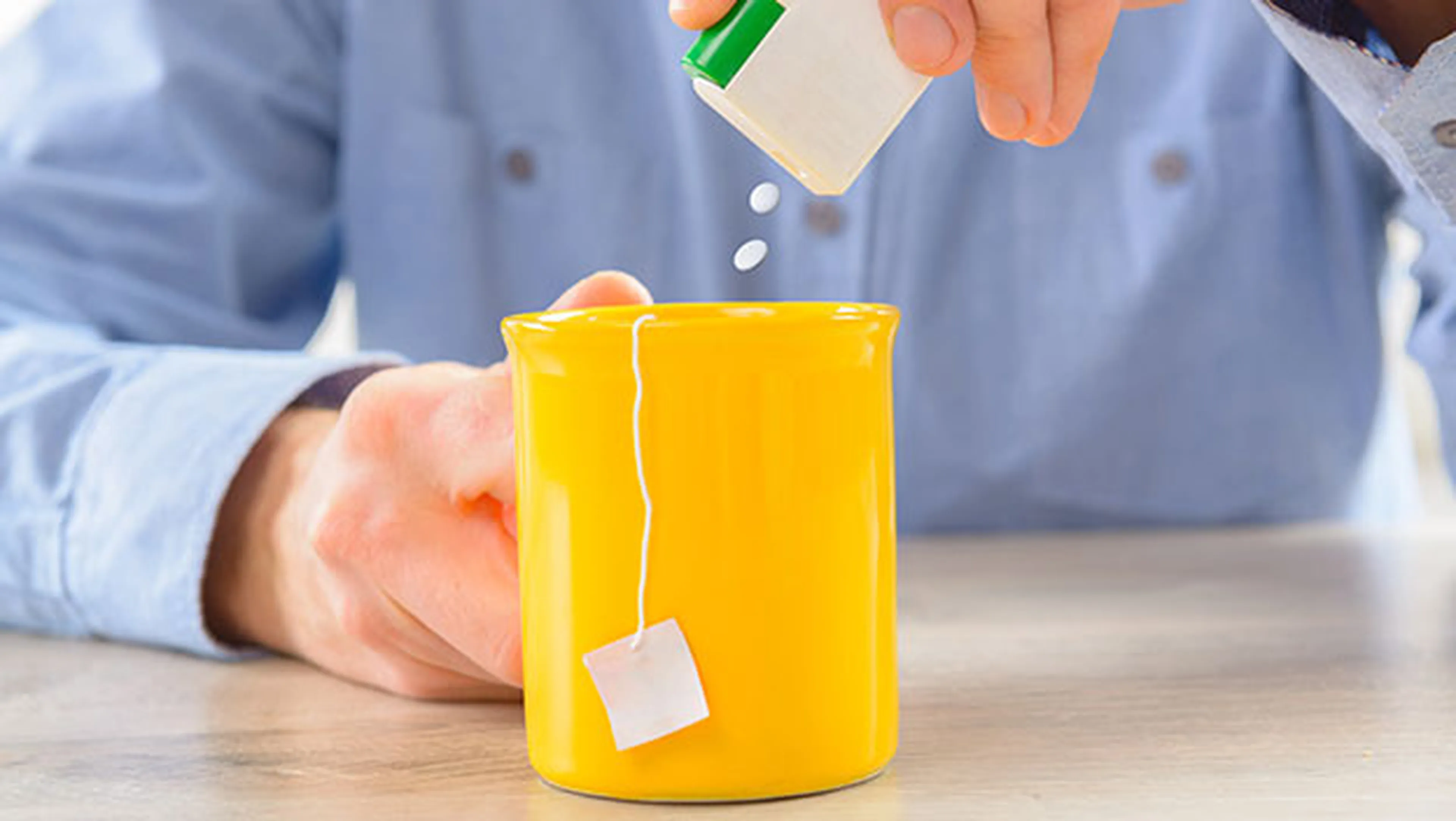
The intestine, the final part of our digestive system, houses a vast community of microorganisms, primarily bacteria, known as the gut microbiota or microbiome. This ecosystem, crucial to our health, is concentrated mostly in the colon and is primarily composed of two major bacterial groups: Firmicutes and Bacteroidetes.
The balance of these bacteria is critical. An imbalance, where harmful bacteria outnumber beneficial bacteria, is known as gut dysbiosis. On the other hand, a healthy balance, where beneficial bacteria keep harmful bacteria at bay, is called eubiosis. Scientists can assess gut health by analyzing variations in this bacterial balance.
Research on the effects of artificial sweeteners on the gut microbiome has focused primarily on animal studies. It has been suggested that the bacteria Blautia coccoides and Lactobacillus acidophilus may influence blood sugar and fat metabolism. In this study, researchers analyzed these two strains, along with two others, to assess the impact of sucralose. We will examine this study in detail, step by step, to determine if it provides solid evidence for the effects of sucralose on gut health.
Purpose
The primary objective of this study was to determine whether chronic sucralose intake alters the abundance of four bacterial species representing the phyla Actinobacteria, Bacteroidetes, and Firmicutes in the gut. Furthermore, the connection between this potential dysbiosis and variations in glucose and insulin levels following an oral glucose tolerance test was explored.
Hypothesis
Although they did not formulate an explicit hypothesis, the researchers presented evidence in the introduction that sucralose could be linked to metabolic changes associated with dysbiosis.
What Did They Test and How?
Participants
During the study, participants were instructed to refrain from consuming additional non-caloric sweeteners. None of the participants regularly consumed sucralose products. Those with previous diagnoses that might interfere with the study were excluded. The sample size, calculated to detect significant changes, was 20 participants per group (control and sucralose). Seven participants were withdrawn due to less than 80% attendance at weekly appointments. Figure 1 presents a visual summary of the study.
Study Procedures
A ten-week study was conducted with participants divided into two groups: one receiving water and the other sucralose (48 mg daily, equivalent to about four packets of Splenda). Measurements were taken at the beginning and end of the study. Unlike many animal studies, which use high doses, this study used a dose more representative of human consumption.
Measurements
Bacterial DNA from fecal samples was analyzed to assess changes in gut bacterial abundance during the intervention. The results, presented as the relative change in bacterial gene counts, revealed the presence of four key bacterial species (Table 2).
To determine blood glucose and insulin response, a 180-minute oral glucose tolerance test (OGTT) was performed. During the test, blood glucose and insulin levels were measured after participants ingested 75 g of glucose dissolved in water.
To assess adherence, medication use was tracked weekly by counting empty containers during individual interviews.
Table 2 Bacterial species of interest
Phylum | Species |
Actinobacteria | Bifidobacterium longum |
Bacteroidetes | Bacteroides uniformis |
Firmicutes | Blautia coccoides |
Firmicutes | Lactobacillus acidophilus |

What Did They Find?
Blood Glucose and Insulin Responses
The study compared the effects of water and sucralose consumption for ten weeks on blood sugar and insulin responses. The results showed no significant differences in blood sugar response (area under the glucose curve) between the water and sucralose groups. This means that both groups experienced similar blood sugar responses after the oral glucose tolerance test.
However, an increase in blood sugar levels was observed within the sucralose group after ten weeks compared to the start of the study. Importantly, this difference was only within the sucralose group and not between the water and sucralose groups.
Regarding insulin response, no significant differences were found between groups throughout the study, except for an increase in blood insulin levels 30 minutes after the oral glucose tolerance test in the sucralose group at the end of the study.
In summary, the study suggests that sucralose consumption for ten weeks did not significantly affect blood sugar response compared to water, but did produce some changes within the sucralose group in terms of blood sugar and insulin levels.
Figure 2 Area under the curve of glucose during the oral glucose tolerance test.
Figure 3 Area under the curve of insulin during the oral glucose tolerance test.
Figure 4 Blood levels of glucose and insulin during oral glucose tolerance test.
Closed circles represent week 0 for both sucralose and control groups, whereas open circles represent data at ten weeks. Data is expressed as mean ± standard deviation. Asterisks indicate significant differences when p < 0.05.
Intestinal Bacteria
This study analyzed the impact of sucralose on gut microbiota. While changes were observed, they were limited. A significant decrease in the bacteria Lactobacillus acidophilus (p = 0.03) and a notable increase in the bacteria Blautia coccoides (p = 0.01) were found in the sucralose group. Specifically, Blautia coccoides increased 3-4 times compared to the control group (p = 0.008). These results suggest that sucralose may alter certain gut bacterial strains.
Figure 5 Changes in Lactobacillus acidophilus from sucralose or water (control) consumption over 10-weeks.
Figure 6 Changes in Blautia coccoides from sucralose or water (control) consumption over 10-weeks.
What Do the Findings Mean?
Although the study of the gut microbiome is advancing rapidly, we are still far from understanding its intricate nature. This ecosystem, which includes bacteria, viruses, bacteriophages, and fungi, is much more complex than previously thought. Furthermore, the relationship between changes in bacterial strains, dysbiosis, and host health is highly nuanced. Therefore, it is crucial to interpret research results with caution, avoiding oversimplifications that can lead to erroneous conclusions.
This study evaluated the influence of sucralose on the gut microbiota and its potential link to glucose and insulin regulation. Although the study was well conducted, our opinions differ on some points. The data revealed an increase in the average glucose response in the sucralose group, but no significant differences in overall glycemic control. The correlation analysis between gut bacteria and glucose/insulin showed inconclusive results.
The interpretation of the changes in Blautia coccoides is key. While the authors suggest a "dysbiosis," the evidence on the effects of this bacteria is mixed. Studies indicate possible benefits of elevated levels on gut health. Therefore, it could be argued that sucralose modulates the gut microbiota in a complex manner, with potential positive and negative effects.

This ten-week study, although brief for human research, achieved significant results in the analysis of the gut microbiome. However, the duration and free-living environment introduced variables that could influence the results. Adherence to sweetener restriction and dietary guidelines was assessed through interviews, which, although the most practical method under these conditions, has limitations. Despite these considerations, the study is valuable for exploring changes in gut bacteria, an area understudied in humans. Although previous studies did not find significant alterations in the microbiome or glycemic control due to artificial sweeteners, this study provides new insights. Overall, current evidence suggests that frequent consumption of artificial sweeteners does not negatively affect glycemic control or gut health.
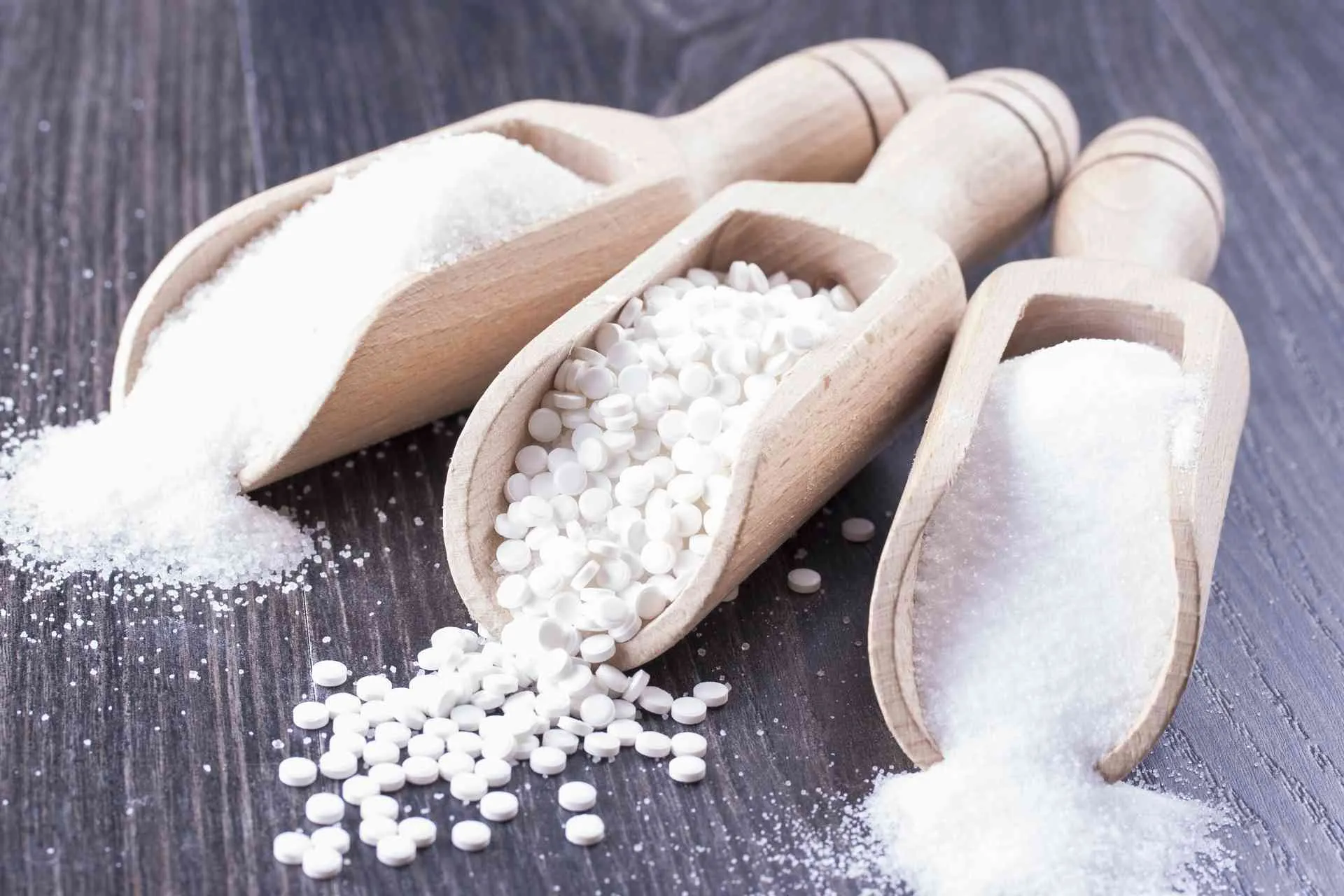
How Can You Apply These Findings?
Artificial sweeteners are valuable tools in diet management. As mentioned in our previous issue, their ability to minimize calorie intake facilitates weight loss. They also help keep glucose levels stable, avoiding the spikes associated with sugar consumption.
References
Méndez-García, L. A., Bueno-Hernández, N., Cid-Soto, M. A., De León, K. L., Mendoza-Martínez, V. M., Espinosa-Flores, A. J., Carrero-Aguirre, M., Esquivel-Velázquez, M., León-Hernández, M., Viurcos-Sanabria, R., Ruíz-Barranco, A., Cota-Arce, J. M., Álvarez-Lee, A., De León-Nava, M. A., Meléndez, G., & Escobedo, G. (2022). Ten-Week Sucralose Consumption Induces Gut Dysbiosis and Altered Glucose and Insulin Levels in Healthy Young Adults. Microorganisms, 10(2), 434.
Iebba, V., Totino, V., Gagliardi, A., Santangelo, F., Cacciotti, F., Trancassini, M., Mancini, C., Cicerone, C., Corazziari, E., Pantanella, F., & Schippa, S. (2016). Eubiosis and dysbiosis: the two sides of the microbiota. The new microbiologica, 39(1), 1–12.
Harrington, V., Lau, L., Crits-Christoph, A., & Suez, J. (2022). Interactions of Non-Nutritive Artificial Sweeteners with the Microbiome in Metabolic Syndrome. Immunometabolism, 4(2), e220012.
Liu, X., Mao, B., Gu, J., Wu, J., Cui, S., Wang, G., Zhao, J., Zhang, H., & Chen, W. (2021). Blautia-a new functional genus with potential probiotic properties?. Gut microbes, 13(1), 1–21.
Zhang, X., Gu, J., Zhao, C., Hu, Y., Zhang, B., Wang, J., Lv, H., Ji, X., & Wang, S. (2022). Sweeteners Maintain Epithelial Barrier Function Through the miR-15b/RECK/MMP-9 Axis, Remodel Microbial Homeostasis, and Attenuate Dextran Sodium Sulfate-Induced Colitis in Mice. Journal of agricultural and food chemistry, 70(1), 171–183.
Benítez-Páez, A., Gómez Del Pugar, E. M., López-Almela, I., Moya-Pérez, Á., Codoñer-Franch, P., & Sanz, Y. (2020). Depletion of Blautia Species in the Microbiota of Obese Children Relates to Intestinal Inflammation and Metabolic Phenotype Worsening. mSystems, 5(2), e00857-19.
Thomson, P., Santibañez, R., Aguirre, C., Galgani, J., & Garrido, D. (2019). Short-term impact of sucralose consumption on the metabolic response and gut microbiome of healthy adults. British Journal of Nutrition, 122(8), 856-862.
Ahmad, S. Y., Friel, J., & Mackay, D. (2020). The Effects of Non-Nutritive Artificial Sweeteners, Aspartame and Sucralose, on the Gut Microbiome in Healthy Adults: Secondary Outcomes of a Randomized Double-Blinded Crossover Clinical Trial. Nutrients, 12(11), 3408.
Vetrani, C., Maukonen, J., Bozzetto, L., Della Pepa, G., Vitale, M., Costabile, G., Riccardi, G., Rivellese, A. A., Saarela, M., & Annuzzi, G. (2020). Diets naturally rich in polyphenols and/or long-chain n-3 polyunsaturated fatty acids differently affect microbiota composition in high-cardiometabolic-risk individuals. Acta diabetologica, 57(7), 853–860.
Kapar, F. S., & Ciftci, G. (2020). The effects of curcumin and Lactobacillus acidophilus on certain hormones and insulin resistance in rats with metabolic syndrome. Journal of diabetes and metabolic disorders, 19(2), 907–914.
Comparte en redes sociales
Recent posts

A bad night's sleep: a reason to stay up even longer?
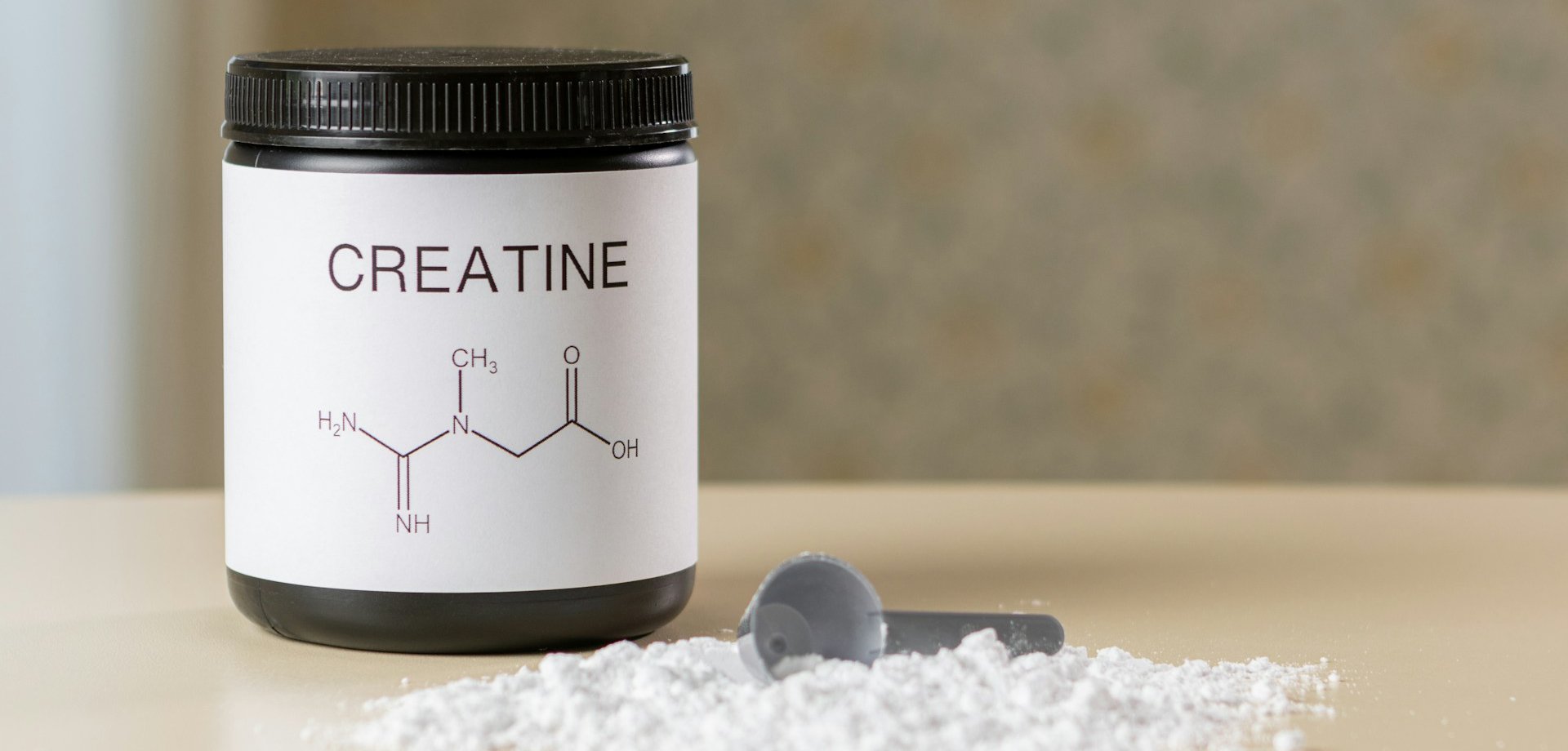
Creatine Effectiveness: What Does Science Say About Its Benefits?
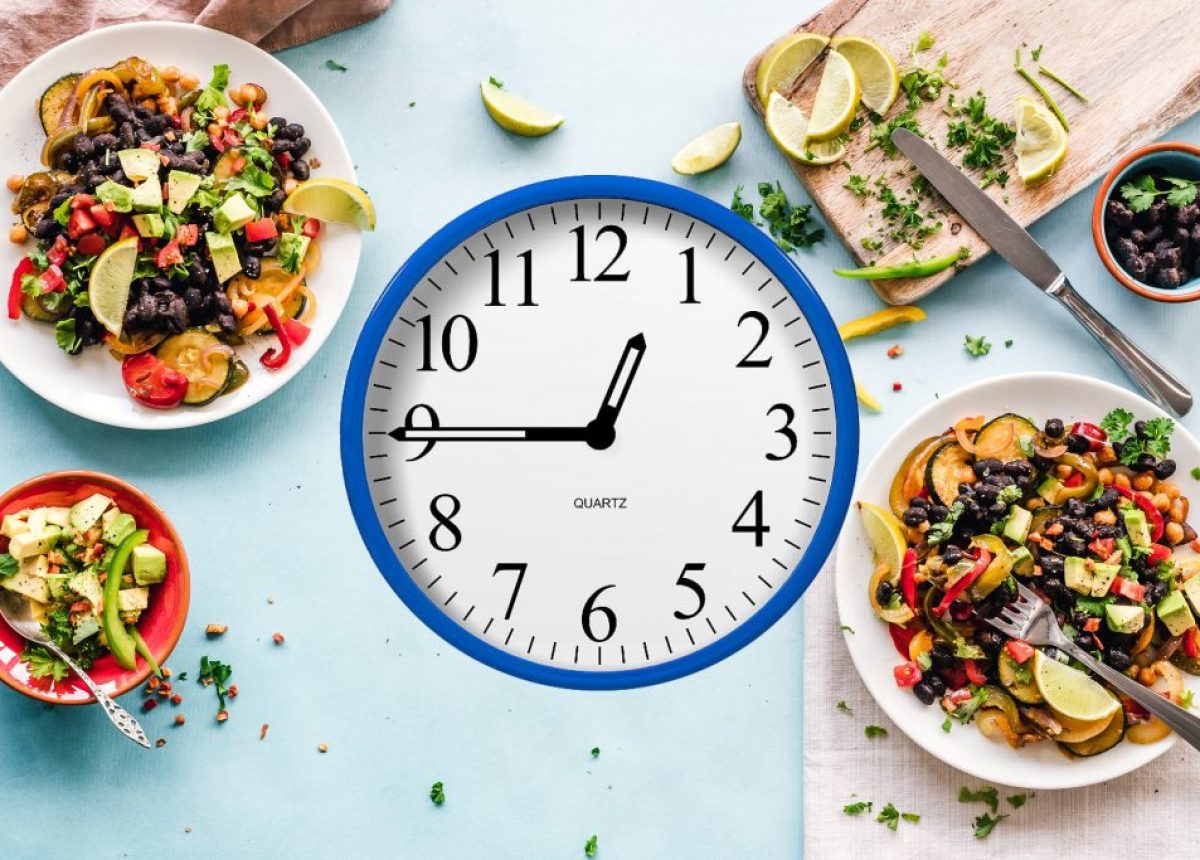
Does meal timing help you lose fat?

Is your triceps press building muscle or holding you back?
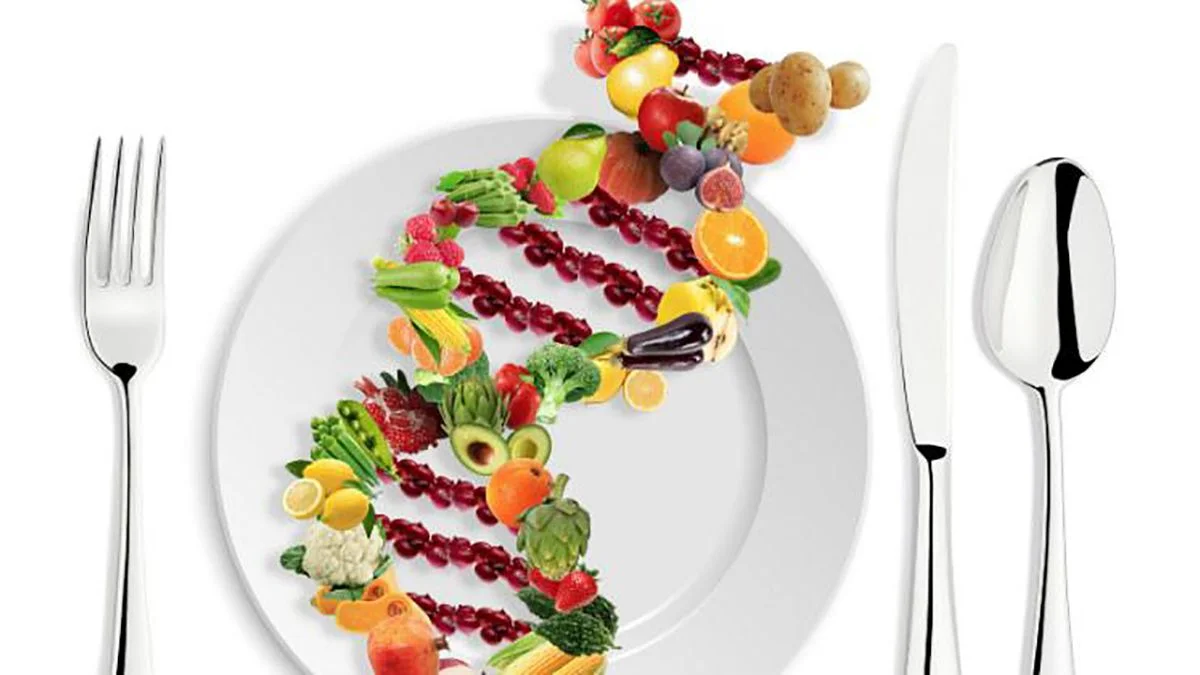
Nutrition tailored to you: based on your genetic profile.
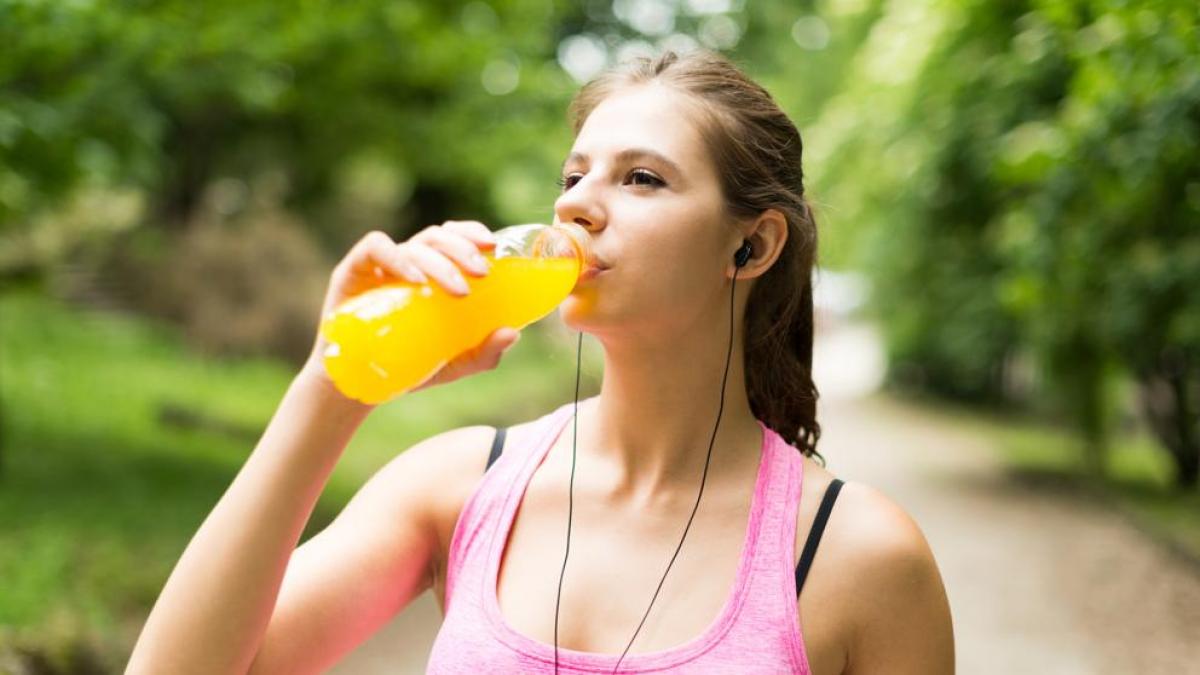
Carbohydrates: the key to an explosive workout.